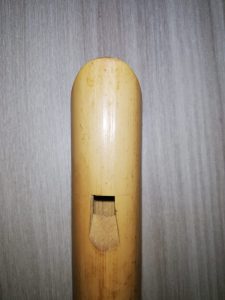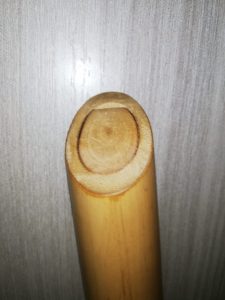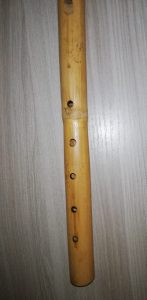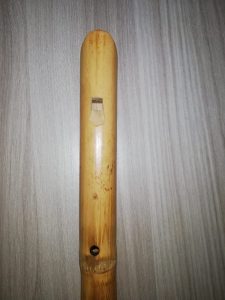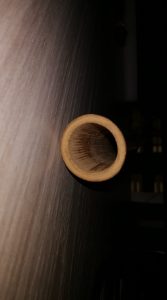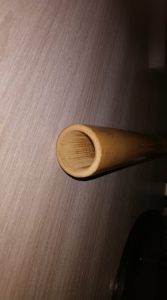Su pipiolu in the Lullaby (Asia Minore)
Music makes you travel, makes you dream. Let yourself be transported into a world of incredible charm, without rules, opening yourself to free sensations, listening to a distant lullaby. Trust in the arms of Morpheus, abandon yourself to them, go through that door that separates you from atmospheres and magical sounds; a few are enough to create the fable, an ocean drum, a reed flute and the voice. (Maurizio Puxeddu)
With this premise and the intention of creating a dreamy and evocative atmosphere, for a piece of TARABEDDAS, a lullaby from Asia Minor, my choice on the use of a musical instrument with a suggestive timbre and its expressive and delicate technical possibilities. but sonorously modular, she fell towards a reed flute of the musical tradition of Sardinia: su pipiolu.
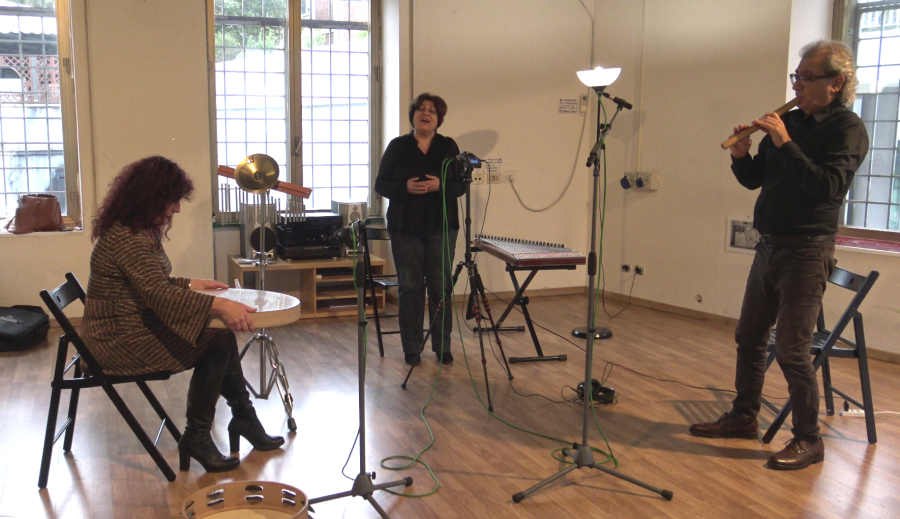
The piece is sung in Greek by Filiò SOTIRAKI, accompanied by Cinzia MERLETTI at the ocean drum and by me, Maurizio Puxeddu, at pipiolu. Let’s listen to it …
Su pipiolu
The so-called pipiolu is one of the traditional reed flutes present in Sardinia. In fact, the pipe flute, present on the island in various locations, assuming the different names of pipiolu, pipaiolu and sulittu, is built in different characteristic ways which mainly concern: the number of holes, the presence of a knot in the body of the instrument (open internally), the type of embouchure.
Use in traditiont
In the musical tradition of Sardinia, cane flutes (pipiolu, pipaiolu, sulittu) are often used to play dance themes. The range and the notes used, for most of the dance music, fall within the scope of the FIFTH (imagining an instrument in C – major – the notes would be C D E F G) or a SIXTH (with an instrument in C – major – the notes would be B C D E F G).
The reed flute used in the Lullaby
It is a pipiolu built by G.Obbili in 1993. It has a length of 35 cm and a diameter of about 3 cm, with five digitable holes in the upper part and one in the lower part.
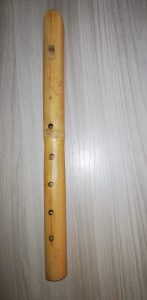
Extent and notes that can be produced
PIPIOLU (in the traditional): C# D E F# G A
PIPIOLU (used in the Lullaby): C C# D E F# G A (Bb) (B)
Sound
Round, sweet, medium-low, sometimes puffy (but this depends on the emission techniques used).
Expressive possibilities
The construction of this pipiolu is part of the attempt to produce a traditional flute but with the possibility of modulation from one key (D) to another (C). In fact, the notes referable to the major scale of D (C# D E F# G A) and a major scale of C (B C D E F G) can be produced.
In this reed flute, by acting with alternative fingerings to the traditional ones, it is possible to chromatically produce other notes, those present between the tones (semitones). Not only that, it is possible to expressively produce waning or increasing notes with the support of the insufflation intensity in the mouthpiece and with the progressively closing or opening the holes with the fingers.
In addition to the expressive techniques, which can also be used with this pipiolu, present in all classical wind instruments (legato, staccato, crescendo and diminuendo), I often use the technique of circular breathing, fundamental in Sardinia in playing another traditional musical instrument, no less important of the reed flute, the launeddas.


